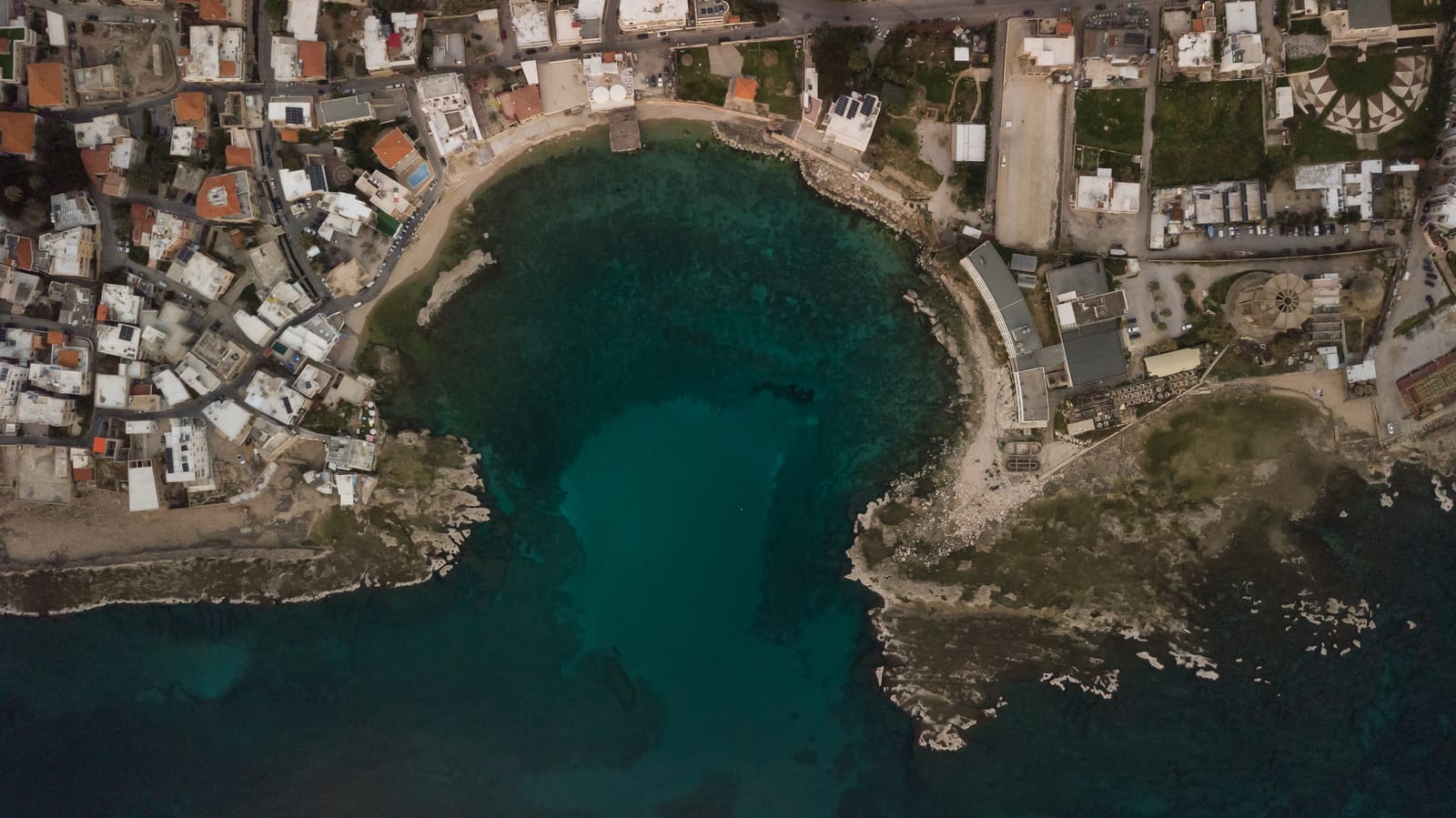LiDAR vs. Photogrammetry: Distinctive Features and Applications

Understanding the Basics: LiDAR and Photogrammetry
In the realm of 3D mapping and cartography, technology has paved the way for more accurate and efficient methods of data collection and analysis. Two of the most prominent technologies that have emerged are LiDAR and photogrammetry. At their core, both methods are designed to create detailed 3D maps and models, but they achieve this through fundamentally different means.
LiDAR, which stands for Light Detection and Ranging, utilizes laser pulses to measure distances to the Earth’s surface. This technology is known for its precision and ability to capture data in various environmental conditions. It’s particularly useful in areas with dense vegetation where traditional methods might struggle.
On the other hand, photogrammetry involves capturing images from multiple angles and using these to reconstruct a 3D model. Often employed in architecture and construction, this method is preferred for its cost-effectiveness and ability to produce visually rich outputs.
Choosing between LiDAR and photogrammetry requires understanding their unique capabilities and limitations. While both offer robust tools for cartography and mapping, their application can vary greatly based on the specific needs of a project.
Operational Mechanisms: How LiDAR and Photogrammetry Work
LiDAR and photogrammetry utilize distinct operational mechanisms to achieve their end goal of creating detailed 3D maps. Understanding these mechanisms can help industries decide which technology best suits their needs.
LiDAR works by emitting laser pulses towards the ground from an aircraft or drone. These pulses bounce back to a sensor, which records the time taken for each pulse to return. This data is then processed to generate a highly accurate, three-dimensional representation of the terrain. One of the standout features of LiDAR is its ability to penetrate obstacles like foliage, which makes it highly effective for applications in forestry and agriculture.
In contrast, photogrammetry depends on capturing a series of overlapping photographs from different perspectives. These images are then processed using complex algorithms to extract data points and construct a 3D model. Photogrammetry is noted for its vibrant and detailed visual output, making it a popular choice for projects that require realistic visual representations, such as those in architecture and construction.
Choosing between these methods depends largely on the specific project's requirements and constraints.
Diverse Outputs: Comparing Results from LiDAR and Photogrammetry
When considering the outputs produced by LiDAR and photogrammetry, it’s essential to recognize the unique characteristics that each method brings to the table.
LiDAR is revered for its high precision and capability to generate detailed terrain models. The data collected is typically used for generating Digital Elevation Models (DEMs), which are essential in assessing topographical features. This makes LiDAR invaluable in environmental monitoring, where elevation data can be critical for flood risk management and erosion studies.
Photogrammetry, meanwhile, excels in producing rich, textured models. The process of capturing images from multiple angles allows for the creation of visually appealing 3D representations. These outputs are particularly beneficial in fields like architecture and archaeology, where the emphasis is on visual reconstruction and presentation.
While LiDAR offers unmatched accuracy, photogrammetry provides a more intuitive and visually engaging output. The choice between the two hinges on the specific requirements of the application and the desired outcome.
Industry Applications: From Architecture to Environmental Monitoring
The applications of LiDAR and photogrammetry span across various industries, each leveraging the strengths of these technologies to enhance their operations.
In the field of architecture and construction, photogrammetry is often the go-to choice. It allows for the creation of detailed and lifelike models that can be used for planning and visualizing construction projects. The ability to capture and reproduce intricate details makes photogrammetry an invaluable tool in this sector.
LiDAR, on the other hand, finds its niche in areas like forestry and environmental monitoring. Its ability to penetrate dense vegetation and provide accurate terrain data is crucial for monitoring ecological changes and managing natural resources. Additionally, LiDAR is employed in the field of agriculture to optimize land management and crop planning.
Both technologies also have significant roles in archaeology. While photogrammetry can recreate artifacts and archaeological sites in great detail, LiDAR can uncover hidden structures beneath forest canopies, revolutionizing how we discover and study ancient civilizations.
Why Choose LiDAR? Assessing the Value of Investment
While LiDAR technology often comes with a higher price tag compared to photogrammetry, the investment can yield considerable benefits depending on the specific application.
LiDAR's main advantage lies in its precision and reliability. For industries where accuracy is non-negotiable, such as environmental monitoring and forestry, the ability to capture detailed and reliable data in any weather condition or terrain is invaluable. This accuracy can lead to better-informed decisions and more effective project management.
Moreover, the ability of LiDAR to penetrate through obstacles, such as vegetation, makes it a preferred choice for applications requiring detailed ground information. In agriculture, this means better crop management and enhanced precision farming methods.
Ultimately, while the initial investment in LiDAR may be high, the long-term benefits and the potential for more accurate data collection can outweigh these costs, particularly for large-scale projects where precision and reliability are paramount.

Revolutionizing Geographic Information Systems (GIS) with Drones

Latest Trends & Case Studies in GIS Mapping

The Power of GIS Mapping in Tackling Plastic Waste